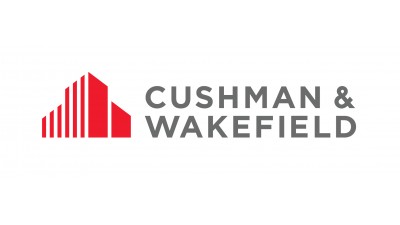Sponsored Content
2015 Chicago Office Market Trends: Suburban vs. Downtown

From left to right: Bob Herber of Equity Commonwealth; CJ Dempsey formerly with Equity Office in Chicago and now a consultant in Charleston, SC; Steve Kling with Colliers; and Ned Franke, Cushman & Wakefield.
Shopping for downtown office space and actually moving downtown are two different things, says Cushman & Wakefield EVP Ned Franke. In 2014, overall national suburban office vacancy returned to a more stable 20% (if you whittle it down to Class-A, it’s 15%). For many suburban-based companies, the interest in downtown is limited to simply having a location to satisfy recruiting needs.
This won’t kill the suburban office sector, but what may is that suburban space is often designed to a spec that no longer exists in the market. Example: buildings with 4/1,000 parking may have a tough time with certain deals (might need to add a parking deck). Also, many buildings are designed for an occupancy of 250 feet/person, but now corporate users are thinking 150 feet/person. Most likely suburban survivors: well-located, high-quality buildings that can offer the best parking.

From left to right, Edwin Vdovets, Adam Kaplan, Ari Klein, Brad Wiss, and Stephen Sotoloff.
Real, authentic organic growth is what Cushman & Wakefield executive director Ari Klein is seeing now that the economic skies are brightening. Following the 2008 recession, he says the average office tenant was only utilizing 50-70% of their space after the worst of the recession-related layoffs. What he’s seeing now: clients have hired through their excess space, and expanding further – true net expansion.
The question Ari used to hear: “How can I reduce my rent or rentable SF?” The question now: “How do I acquire more space (and of course reduce my rent!)?” Much of Ari’s business and relationships are originated in Chicago, but is more frequently extending across the globe – recently to London and Singapore – as his clients and the economy grow.
For more info on our Bisnow partner, click here.
For more info on our Bisnow partner, click here.

